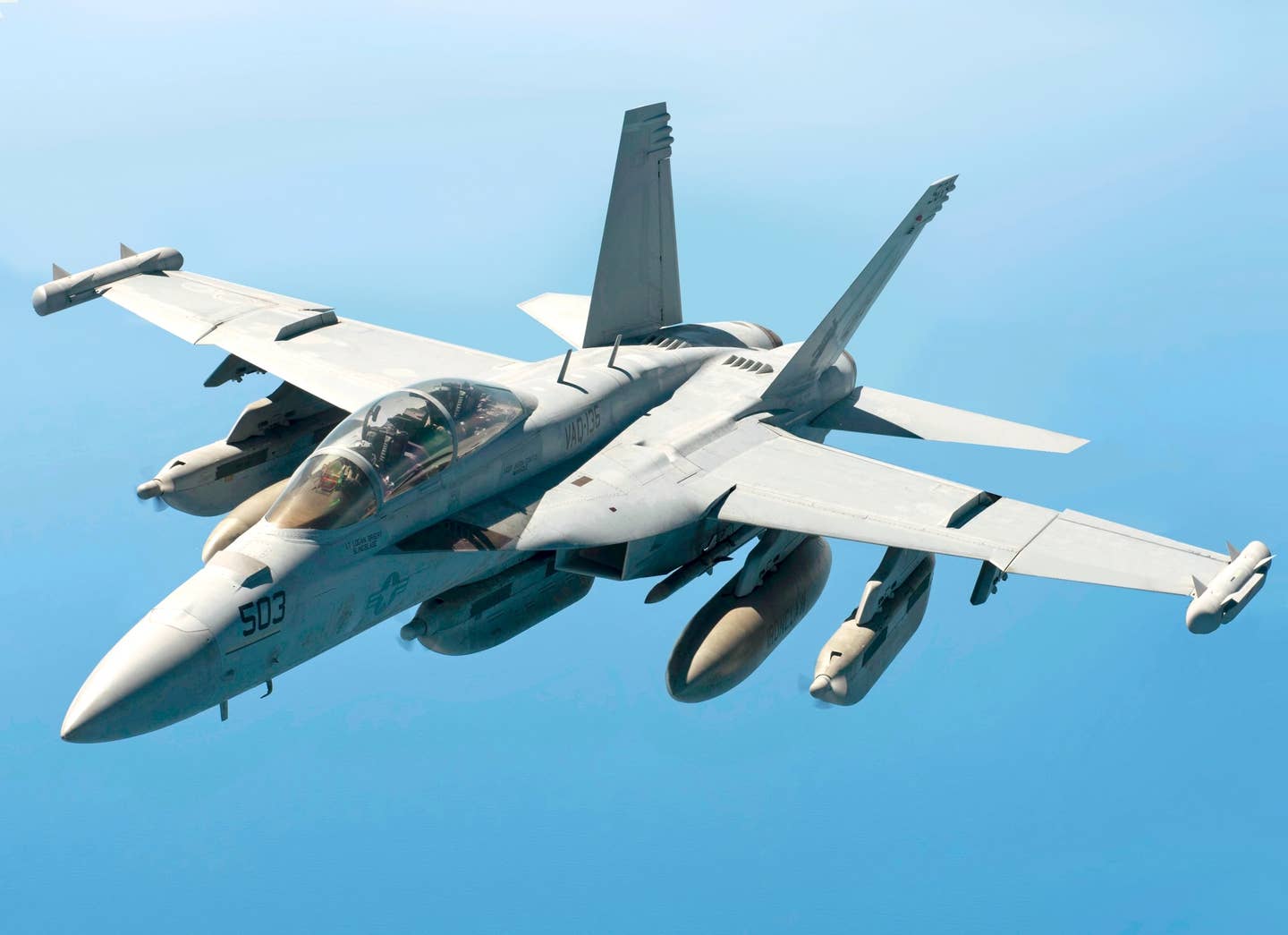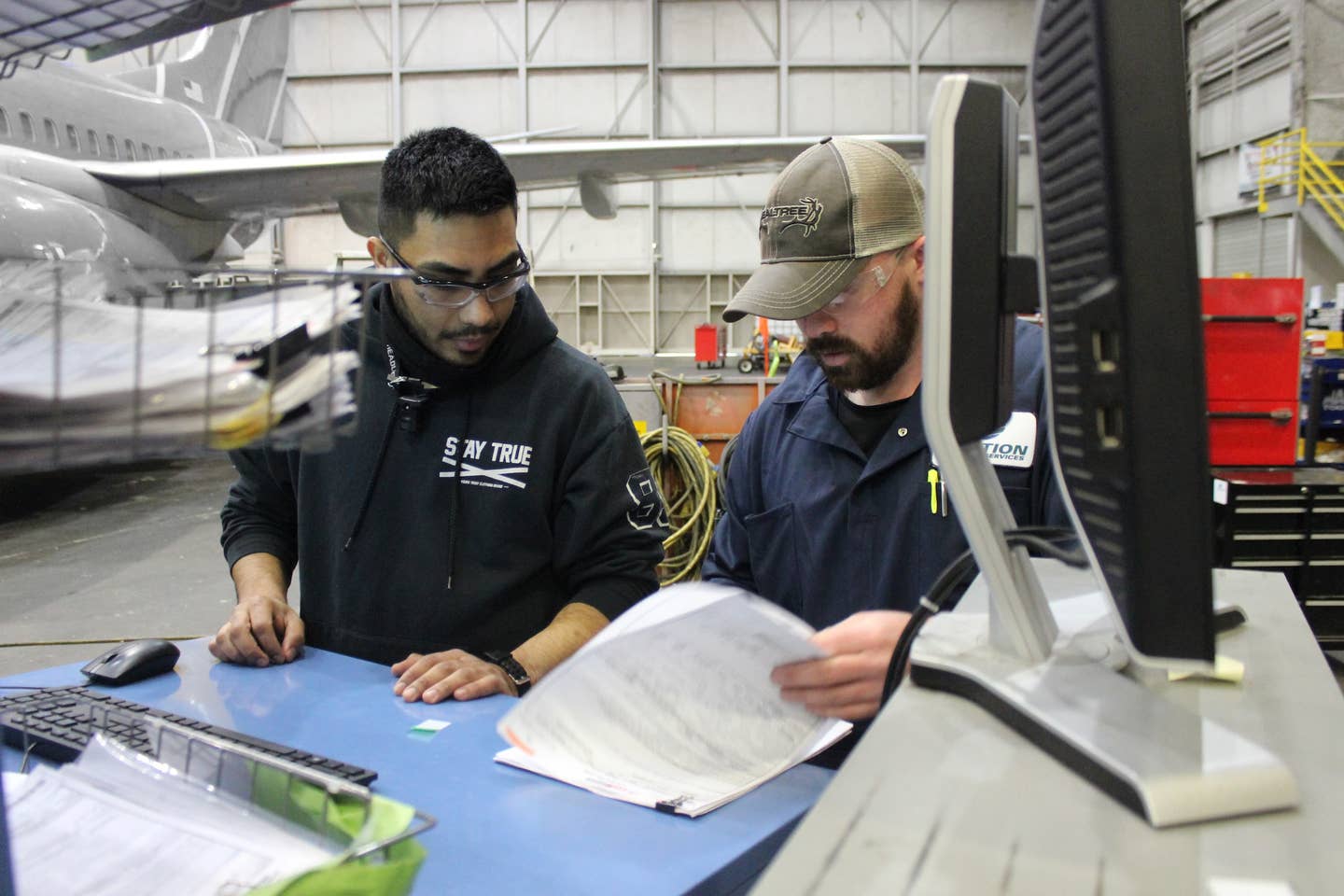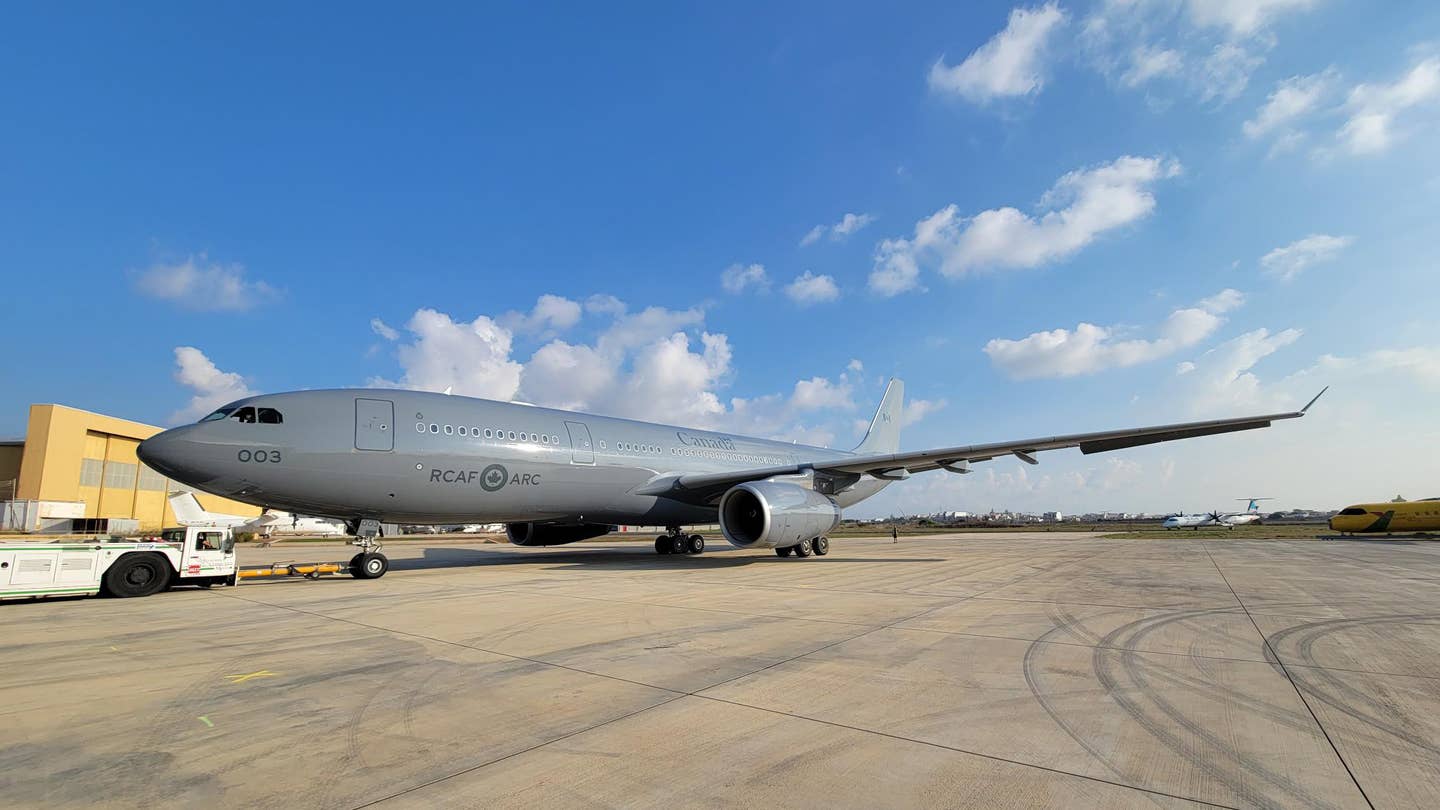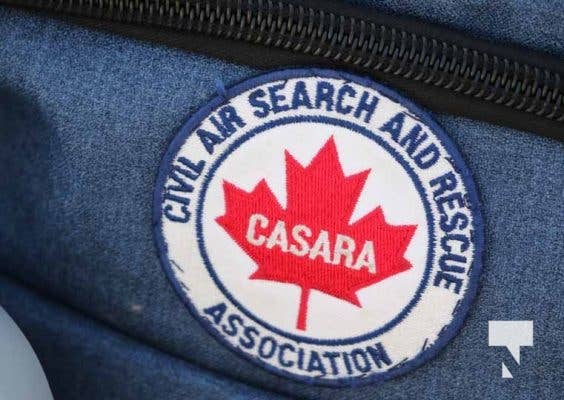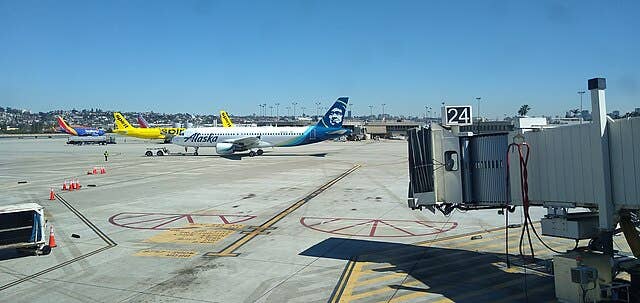Reauthorization Amendment Allows Airports To Switch To Unleaded Fuels Only If Consensus Approved
Airports will have an easier time switching from 100LL to unleaded 100-octane fuels thanks to a last-minute amendment to the 2023 FAA Reauthorization Bill. The bill was just passed by…
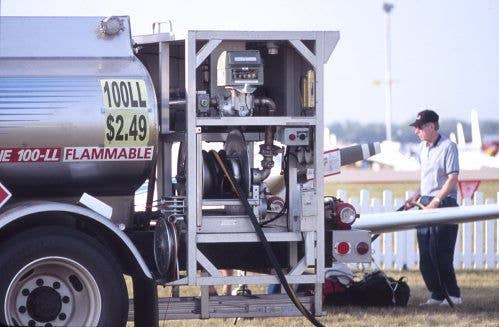
Airports will have an easier time switching from 100LL to unleaded 100-octane fuels thanks to a last-minute amendment to the 2023 FAA Reauthorization Bill. The bill was just passed by the House and awaits Senate review no sooner than September. Original language in the bill, carried over from the 2018 bill, appeared to require airports to continue selling the same leaded fuels they offered in 2018 without respect to switching to unleaded avgas.
California Rep. Jay Obernolte, who offered the amendment, explained the legislation in this video interview. He said airport operators were complaining that to sell unleaded fuel, they would have to install additional tankage or trucks, which few airports can afford. As currently amended, the bill allows airports to switch to unleaded fuels as long as the fuel is approved under an industry consensus standard. That generally means a spec provided by ASTM.
There currently are no 100-octane ASTM-spec fuels, but Rep. Obernolte told AVweb that he thought an industry-consensus fuel could emerge within a year or two. The only FAA-approved 100-octane unleaded fuel is G100UL, developed by General Aviation Modifications Inc. It's approved by the FAA under STC, but does not have an ASTM spec.
What was the problem with the STC-approved fuel? “Only that people have to buy [the STC],” Rep. Obernolte told us in this interview last week. Obernolte is a pilot and flight instructor and has served in airport boards. “That’s why we put the language in there requiring an industry consensus standard, because if you are going to require someone, maybe a transient aircraft … and the only fuel available is one that requires an STC, you’re going to require them to buy the STC to fuel that aircraft. That could be a problem,” he added.
GAMI’s George Braly said that the consensus standard requirement would complicate if not stop dead its efforts to begin developing a market for G100UL. Although Obernolte says the amended language is an improvement, Braly said under its terms, airports would still need a second tank or truck if the fuel lacked consensus approval.
The FAA has restarted its Piston Aviation Fuels Initiative (PAFI) testing program and is currently examining two fuels, one from Phillips/Afton and a second from Lyondell/VP Racing. It’s unknown when, or even if, PAFI will disgorge a drop-in fuel. The previous iteration of PAFI conducted testing for four years and failed to find a suitable fuel. If one or both current candidate fuels prove suitable, they will still have to wind through a separate process for an ASTM consensus standard.
When asked why a consensus standard was necessary, Obernolte said it would make fielding the fuel more efficient. “The number one concern we have is that it’s widely available to everyone. We want to make sure everyone is able to use that new fuel and that’s why we require a consensus in the industry that that fuel is a replacement,” Obernolte said. He concedes that the amendment doesn’t give GAMI a clear path to fielding G100UL. “The barrier was higher before the amendment because no airport would be allowed to switch at all if they only had single tankage. It might not be everything GAMI wanted, but it’s certainly better than the language was before,” Obernolte said.
Also in the bill is a provision requiring the FAA to launch a study to eliminate delays on designated pilot examiners administering practical tests. Because of a shortage of DPEs, delays in scheduling checkrides of up to a year have been reported. The bill would require the FAA to reduce that to no more than two weeks.
“I think they will need more DPEs. DPEs aren’t something that necessarily costs the FAA a lot of money. A DPE, by definition, is not an FAA employee,” Obernolte said. “The first thing that needs to be done is to create a plan for getting it done. And that’s what we’re requiring the FAA to do,” he added.

